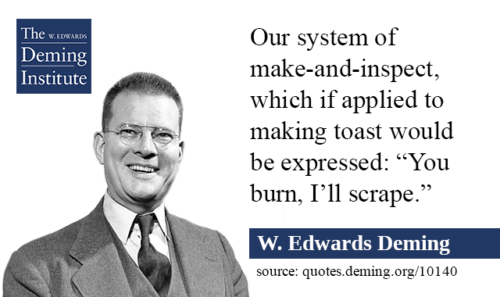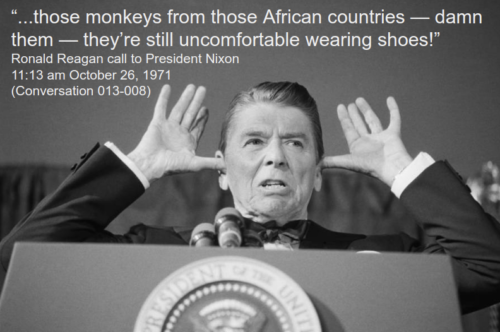EU Energy Revolution is a National Security Upgrade
June 2025 marked a quiet turning point: solar became the EU’s single largest electricity source for the first time, generating 22% of the grid’s power. Not the largest renewable—the largest source, period.
Nuclear came in second at 21.6%—a position it’s going to have to get used to. With 350 GW installed and another 60+ GW being added annually, future solar has crossed from an “alternative” to the present “foundational infrastructure.”
Slovakia is in the best position to accelerate this further. The country currently sits at 22.1% renewable generation—among the EU’s lowest. But with rapid solar deployment options now on the table, Slovakia could leapfrog directly to the distributed generation model that’s reshaping Europe’s grid.
This transition is strategically sound: solar eliminates fuel logistics, severs dependency on energy imports, and distributes generation across millions of sites that can’t be targeted kinetically. No one misses worrying whether Russian billionaires will turn off pipelines from emotion, US billionaires will explode pipelines from neglect, or undersea infrastructure will be undermined.
At the same time we would be remiss to ignore how speed of technology adoption has outpaced security oversight (as usual). The gaps are creating risks and opportunities for controls that most existing frameworks weren’t designed to address.
What Changes in Transition
The shift to distributed solar fundamentally improves energy security—but in ways that require rethinking safety of power infrastructure.
Physical resilience through distribution: You can bomb a gas plant or a pipeline. You can’t meaningfully attack millions of distributed panels at scale. Solar is a genuine upgrade. Wars destroy centralized infrastructure; distributed generation systems simply reroute and carry on in scenarios that would cripple traditional grids.
No fuel supply chain: Once installed, solar has zero operational dependencies. No rail cars to intercept, no tankers to blockade, no refineries to sabotage. The strategic autonomy is real. No mines to send explosive drones into and shut down permanently, burning all the workers to death with a horrific fireball—you know, that famously clean coal dust Trump told the UN about. But I digress…
Faster recovery: A destroyed solar installation can be replaced in days or weeks. Rebuilding power plants takes many years. At scale, this means better grid resilience even if individual assets are compromised. Distributed resilience works under pressure—just look at Tokyo under occupation in 1948, which deployed hundreds of electric cars charging from hydro when the city had no fuel.

These advantages are why the transition makes sense. But solar also introduced something new: millions of internet-connected control points with unclear security ownership.
The New Architecture Exposed
The computing analogy is familiar: mainframes had physical security and limited access. PCs introduced millions of endpoints requiring patches and antivirus. Mobile phones added cellular networks and location tracking. Each transition improved capability while requiring new security paradigms.
Solar’s transition is from physically secured, professionally operated generation to IoT devices managed by homeowners, monitored by installers, and remotely accessible by manufacturers.
The SPE report (SPE 2025 Solutions for PV Cyber Risks to Grid Stability) documents the concentration: thirteen manufacturers maintain remote access to over 5 GW each. Seven control more than 10 GW. Huawei alone shipped 114 GW to Europe between 2015-2023, with estimated remote access to 70% of that installed base. Chinese firms overall supplied 78% of global inverter capacity in 2023.
Individually, a compromised home solar system means nothing. Collectively, manufacturers have remote access to capacity equivalent to multiple large power plants. The report’s grid simulations found that coordinating just 3 GW of inverters to manipulate voltage through reactive power switching could trigger protective relays on nearby generators—potentially cascading into broader outages.
This mirrors early botnet dynamics: individual compromised PCs were nuisances until aggregated into DDoS networks capable of taking down critical services.
“No Operator” Problems
Traditional power infrastructure has clear security ownership. A nuclear plant has a security team, regulatory oversight, 24/7 monitoring. A rooftop solar installation has… a homeowner who set it up once and moved on.
Current EU cybersecurity frameworks (NIS2, the Cyber Resilience Act, Network Code on Cybersecurity) assume there’s an entity responsible for critical infrastructure security. For distributed solar, that entity often doesn’t exist legally. The installer completed their short job. The manufacturer is headquartered abroad. The homeowner thinks it’s appliance-level technology that someone else is responsible for, which would be fine if their Chinese-made-and-controlled toaster couldn’t accidentally destabilize the entire German power grid, but here we are.

The SPE report further states that only 1 of 5 tested inverters supported basic security logging. Default passwords are common. Firmware updates are irregular. Network segmentation is rare. This isn’t malicious—it’s what happens when residential-scale deployment moves faster than security standards.
New Model, New Requirements. Ambiguity means neglect.
The technology doesn’t need to slow. The security framework needs to catch up. This is familiar territory for any director of security with a few years of direction under their belt.
Clear responsibility assignment: Either manufacturers are liable for their installed base security (like automotive recalls), or grid operators assume responsibility, or third-party security operators emerge as a market.
Communication architecture that matches the threat model: Germany’s approach with smart meter gateways is instructive—critical control functions (start/stop, power setpoint changes) route through regulated infrastructure. Monitoring and maintenance can remain direct. This applies standard IT security principles (network segmentation, controlled access) to distributed generation.
Supply chain transparency without protectionism: The issue isn’t where hardware is manufactured—it’s that concentration creates leverage, and remote access by entities outside regulatory jurisdiction creates enforcement gaps. Solutions range from Lithuania’s 2025 law (requiring EU-based intermediaries for systems >100 kW) to hardware/software separation (devices source globally, control software must be auditable and locally hosted).
Standards reflecting actual deployment: Current inverter security standards treat them like industrial control systems. But a device installed by a contractor, connected to home Wi-Fi, and managed via consumer apps isn’t an industrial system. It needs consumer electronics-level security: automatic updates, secure defaults, encrypted communications, no exposed credentials.
State-run Opportunity and Patterns
Rapid deployment in lagging states doesn’t have to repeat the security debt accumulated elsewhere. The country could mandate security baselines upfront: require certified communication gateways for grid-connected systems, establish clear responsibility chains, ensure data localization for operational telemetry.
This isn’t exotic technology. It’s applying lessons from mobile computing and IoT security to distributed generation. The components exist—Hardware Security Modules, Trusted Execution Environments, regulated intermediaries, cryptographic firmware signing. What’s missing is regulatory clarity and enforcement.
Every infrastructure revolution creates security debt paid down over time. Early automobiles had no seatbelts. Early internet had no encryption. Early mobile phones had no app sandboxing.
Solar is mid-transition. Capability deployment happened fast (Europe added 60+ GW in 2024 alone). Security retrofit is lagging. That’s normal but fixable.
The unique aspect: solar’s security model should be superior. Distributed systems are inherently more resilient. But only if distribution is real. When remote access reconcentrates control with manufacturers, you’ve recreated centralized vulnerability while losing traditional plants’ physical security and professional operation.
Europe’s solar buildout is strategically sound. The cybersecurity gap is solvable with existing technology. What’s missing is regulatory clarity on responsibility and baseline security requirements for distributed generation at scale.
Any future rapid deployment can be a model—showing that speed and security aren’t trade-offs when architecture is right from the start. Or it could simply balance out tech debts and provide resilience while others catch up.
The tech works, for national security. The economics work, for national security. The climate math even works, for national security. Now the security model also needs to catch up and work… for national security.



